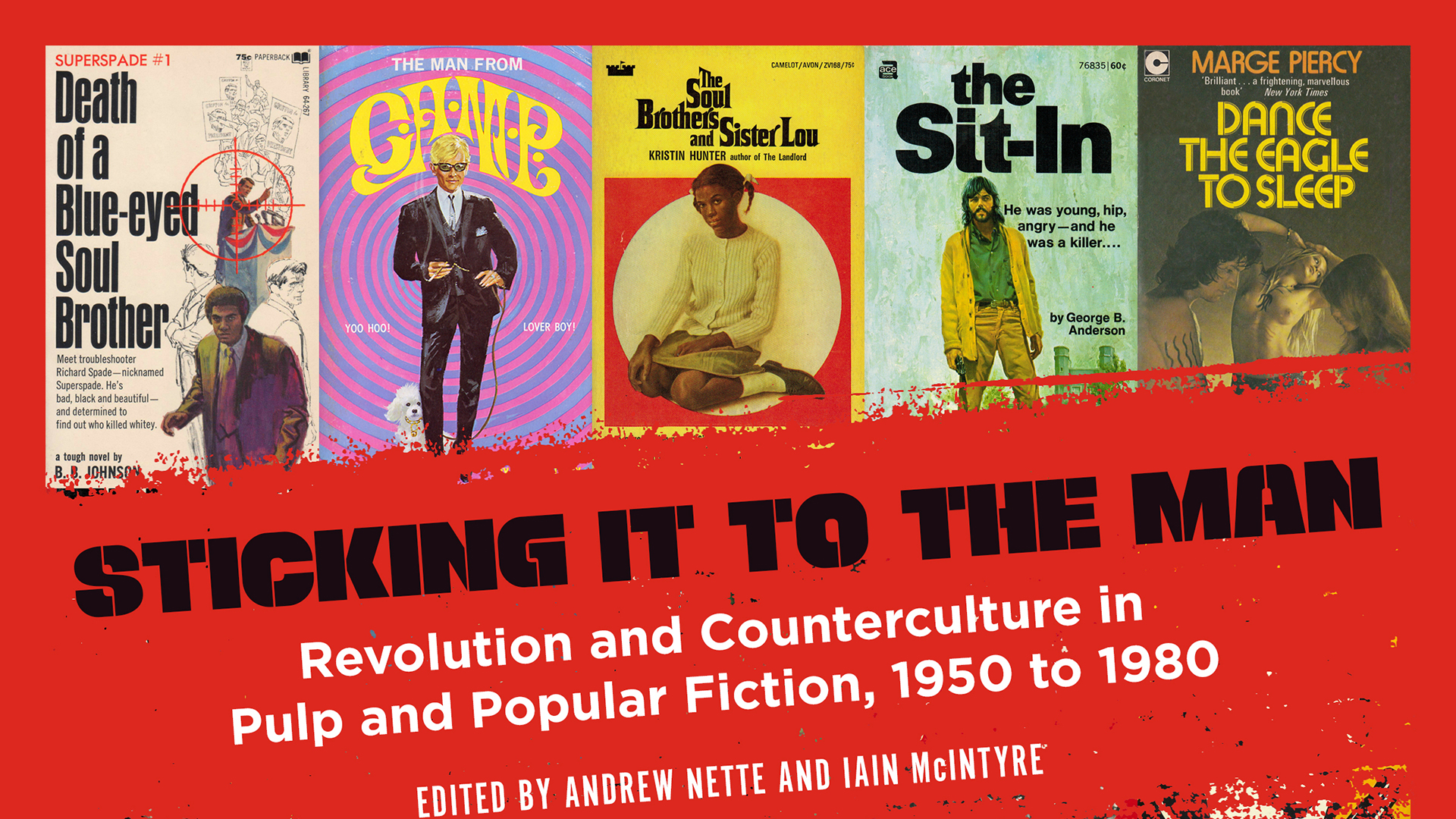By Paperback Fanatic
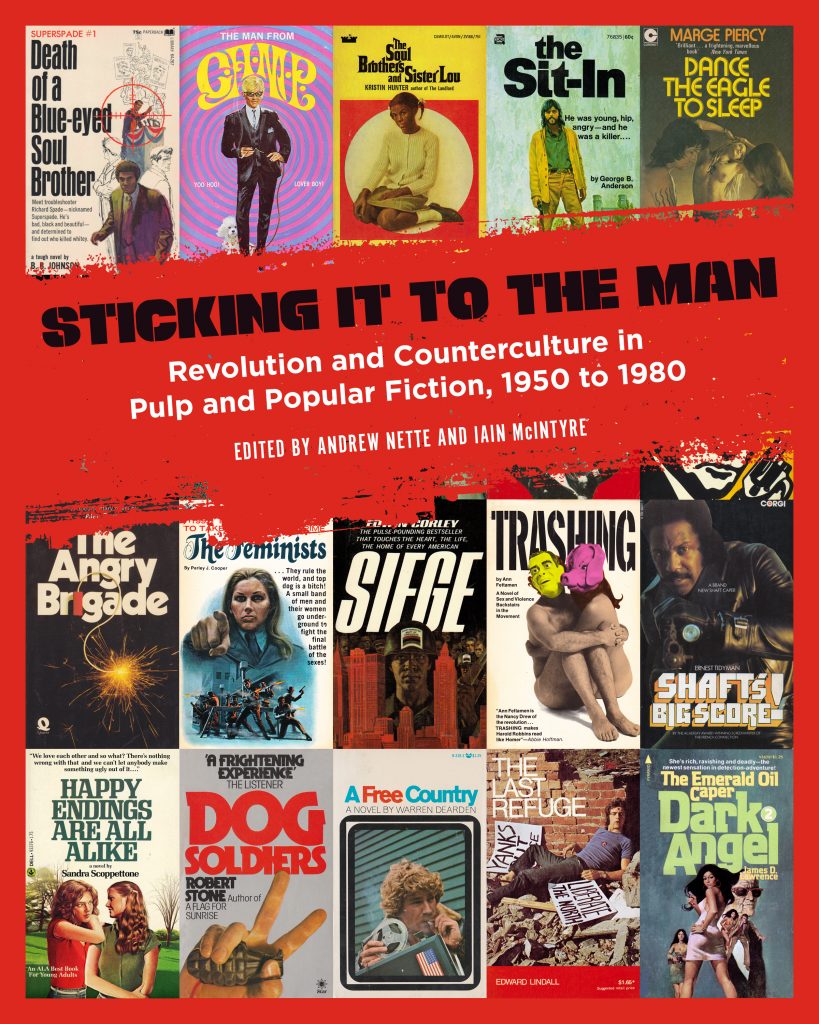
How was Girl Gangs, Biker Boys and Real Cool Cats received, and how did it turn out compared to your own hopes?
Iain McIntyre, my co-editor on Girl Gangs, Biker Boys and Real Cool Cats, and I were thrilled with what out publisher, PM Press, did with the book. The layout and editorial work were first rate, which is something quite a few people commented on. Everyone who read it seemed to have really dug it, which is great.
To be completely honest, not only did this book and its sequel, Sticking it to the Man: Revolution and Counterculture in Pulp and Popular Fiction, 1950-1980, take a huge amount of work on the part of ourselves and the people who contributed, they were expensive for the publisher to put out. Like all authors, I’d like these books to reach a bigger market, and I am hoping that people who read Sticking it to the Man will discover and buy Girl Gangs, Biker Boys and Real Cool Cats.
What can you tell us about this new volume? Sticking it to the Man examines the depiction of revolutionary movements and the counterculture in pulp and popular fiction in the US, UK and Australia from 1950 to 1960. It runs the gamut of movements and causes, from civil rights and the rise of black power, workers movements, and gay and lesbian liberation, to anti-war – particularly anti-Vietnam War – and feminism. While the focus remains on pulp paperbacks, we range a little further in the second book in that we have deliberately included some fiction which fits more into the definition of popular mainstream paperback fiction; work like Judith Rossner’s 1975 book, Looking For Mister Goodbar, some of the gay and lesbian fiction, and some of the books that explores race and class in the UK.
That said, the line between pulp and popular mainstream fiction is a very blurred one. A lot of books that are considered ‘pulp’ were first released in hard back format, often by very prestigious publishers, and where subsequently re-released in more luridly packaged paperback format.

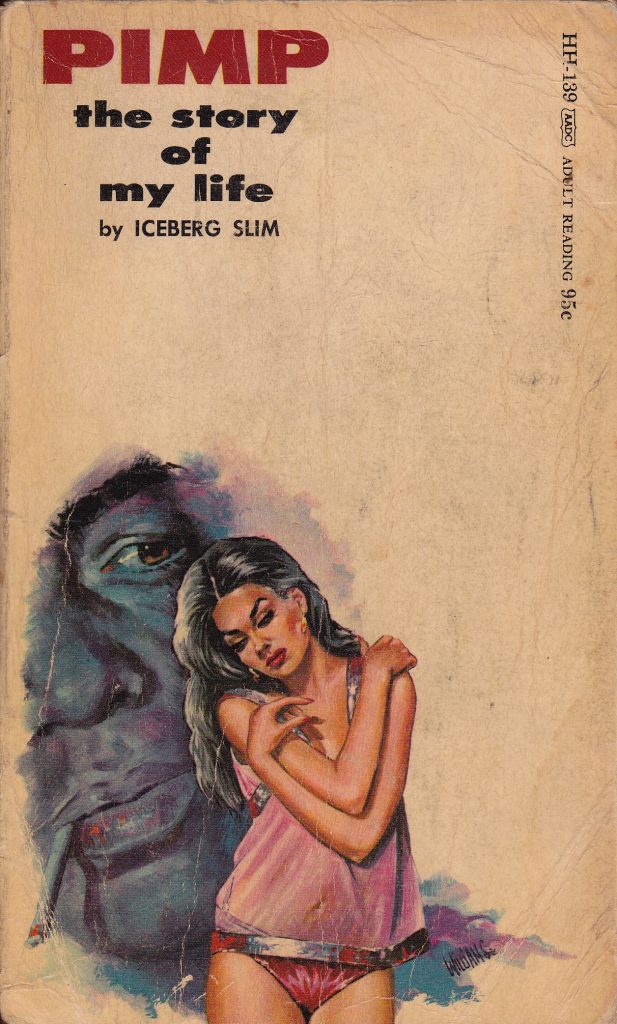
Of course, you can never cover off on everything. Even now, nearly a couple of years after Iain and I sent the book to the publisher, I am still stumbling across books and authors I would have liked to include but, alas, there is simply not the room to do everything. But I think we have a pretty good spread. The important thing from my perspective is that Sticking it the Man, like Girl Gangs, Biker Boys and Real Cool Cats, has a good mix of the titles you might expect to see, alongside work from far lesser known, sometimes completely forgotten authors. Indeed, Sticking it the Man contains more material that is far less known than a lot of the youth pulp that we featured in the first book.
I really welcomed the coverage of African- American authors, and not just Iceberg Slim, Robert Beck and Chester Himes, but the likes of Jospeh Nazel. How did you encounter these authors’ works yourself and how did the focus in the book come about?
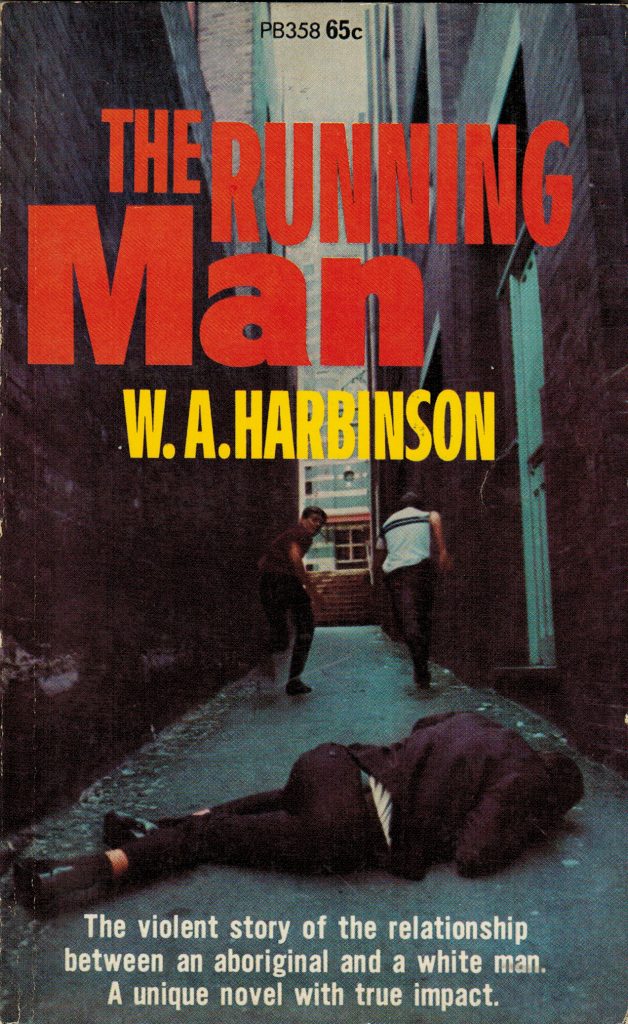
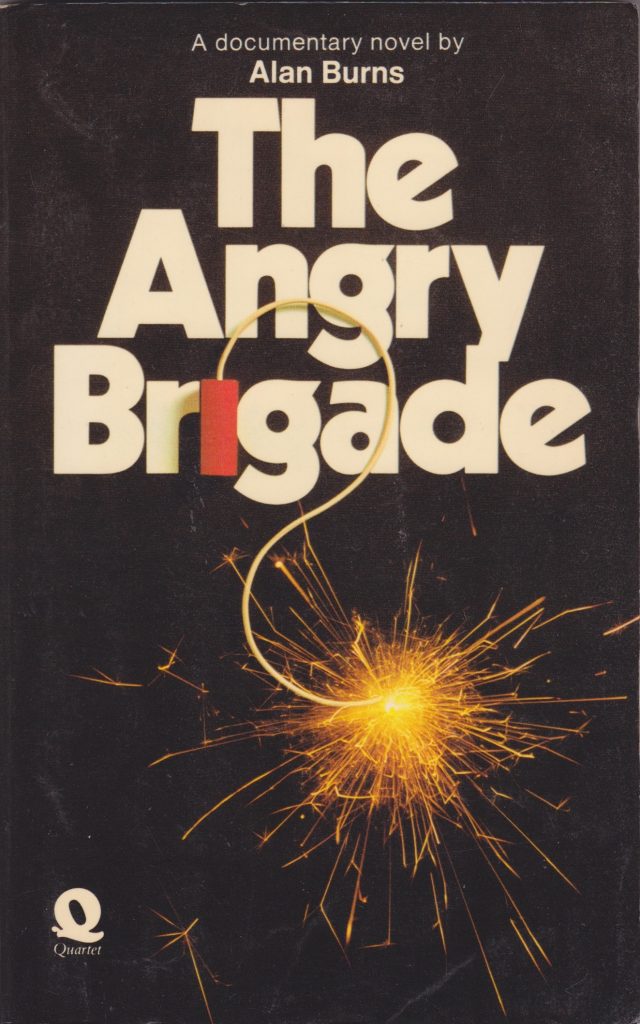
The inclusion of these black authors was just an obvious place for the book to go. As social and economic structures gradually started to change in the post war period, especially into the 1960s, and various left, progressive and revolutionary movements gained momentum, pulp and popular fiction changed as well. Feminist, gay, lesbian and black writers broke into publishing in larger numbers.
Obviously, a lot of people have heard of the crime writer, Chester Himes. But he is just one of a large number of black authors who started penning pulp and popular fiction, particularly in the 1960s. I was aware of a lot of these writers, particularly those that worked for the prolific ‘black experience’ LA based pulp publisher (which was actually white
owned), Holloway House: Donald Goines, Joe Nazel and Robert Beck aka Iceberg Slim. But there are a number of others I wasn’t familiar with, like Ronald Fair and Nathan Heard, to name just two.
These black writers ran the gamut from pulp hacks, who were happy to churn out salacious crime stories to earn a pay check, to more serious, almost semi-literary authors. But, whatever their style and content, all of them were writing about the black experience in 1960s and 1970s America, including the poverty and racism experienced by black communities, and various responses to it, like the rise of civil rights movement and far more militant movements like the Black Panthers. We were also lucky enough to have people like crime writer Gary Phillips and academic Kinohi Nashikawa who were knowledgeable about some of these less known writers and prepared to write great pieces for us (and, by the way, if people want to know more about Holloway House, check out Kinohi’s terrific book on the subject, Street Players)

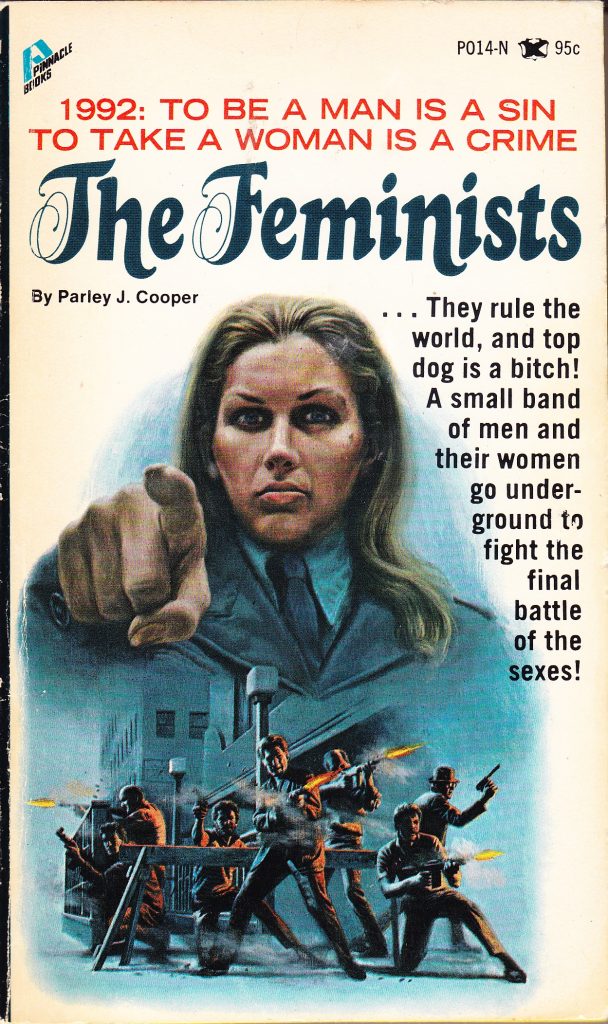
There seemed more of an Australian flavour to this volume in terms of not necessarily Australian books following American trends, but dealing with themes and issues very specific to Australia such as the portrayal of native Aborigines. Was this intentional?
Definitely intentional. Australia had a far smaller publishing marketplace and, hence, the volume of pulp and popular fiction was published in the 1950s and 1960s, in particular, was less than was the case in larger markets such as the US and UK. That’s just the reality. That said, we want to make sure Australia, where we are both from, is not forgotten.
I wasn’t expecting men’s adventure fiction such as Lone Wolf to be covered. How did they fit in to the books theme of counter- culture and rebellion?
When Iain and I originally discussed Sticking it to the Man, we wanted to include material that fell under the heading of books that were, consciously or not, a literary/publishing backlash to the radical and countercultural fiction that was published in the second half of the 1960s and the early 1970s. This includes all the vigilante pulp dealing with cops and private citizens who decide they have had enough of inner-city crime, of which Brian Garfield’s 1972 book, Death Wish, is probably the best known, as well as the various series featuring Vietnam veterans taking on all manner of local and global threats.
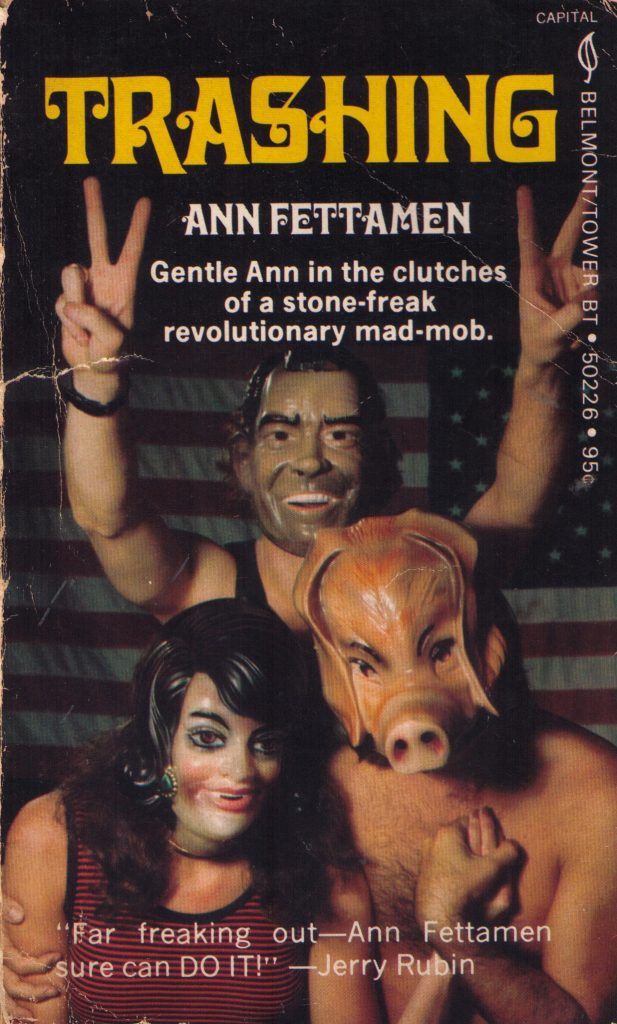
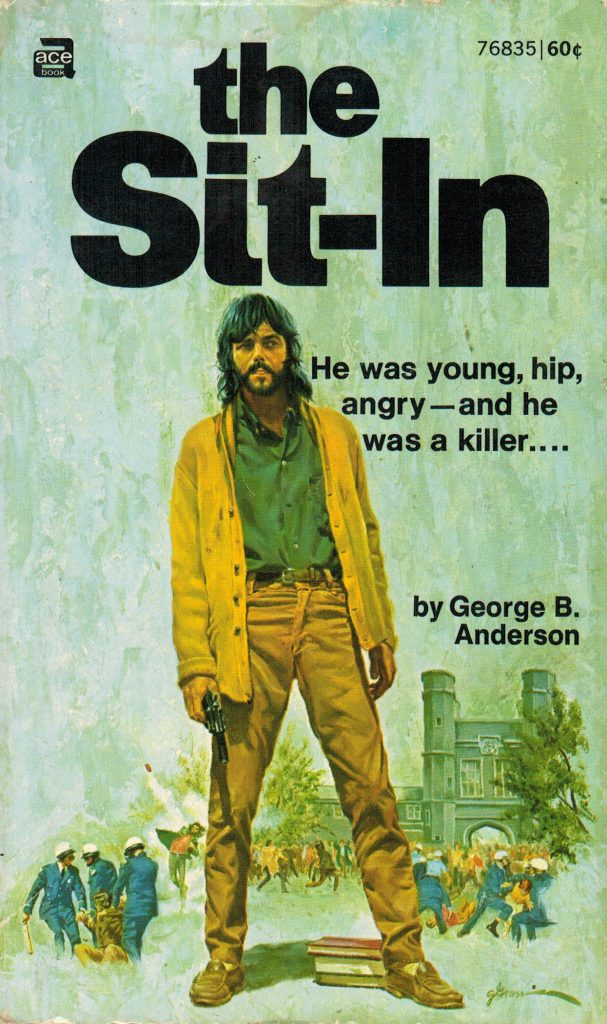
I love this stuff and read quite a bit of it for the book. But in the end, we had to trim the contents and some of this had to go. That said, there is a great piece on vigilante pulp, which focuses on Death Wish, the Dirty Harry books and David Morrell’s 1972 thriller, First Blood, which became the inspiration for the series of films starring Sylvester Stallone. As you say, there is also a piece on the vigilante series featuring a Vietnam vet ex-cop by Mike Barry, aka the science fiction writer, Barry Malzberg, penned by yours truly. Malzberg wrote some incredibly penetrating and thought-provoking science fiction. But he was not above writing whatever publishers asked him to, like the Lone Wolf series, the over ten books in which he belted out in a couple of years. This series is quite fascinating. Not only is the character, Burt Wulff, quite literally insane (and Malzberg consciously wrote him this way); his battle against a shadowy drug dealing criminal organisation is very obviously a stand in for the failed war in Vietnam.
You touched on gay pulp literature, which strikes me a subject which warrants a whole volume to itself. I think these books were
important when pretty much any other media was devoid of gay characters. What’s your take on this branch of pulp fiction?
There is so much that could be said about lesbian and gay pulp fiction, it is hard to know where to start. Let’s just say, there was a lot of it, and, like the books produced by the black writers I mentioned earlier, even the trashiest, more salacious examples of it, are important given they appeared in a time when there were very few, overt representations of lesbian and gay experience in popular culture. Sticking it to the Man has over half a dozen features, interviews and reviews related to these books. This work holds up a fascinating and important mirror to the experience and treatment of these communities in Australia, the US and the UK.
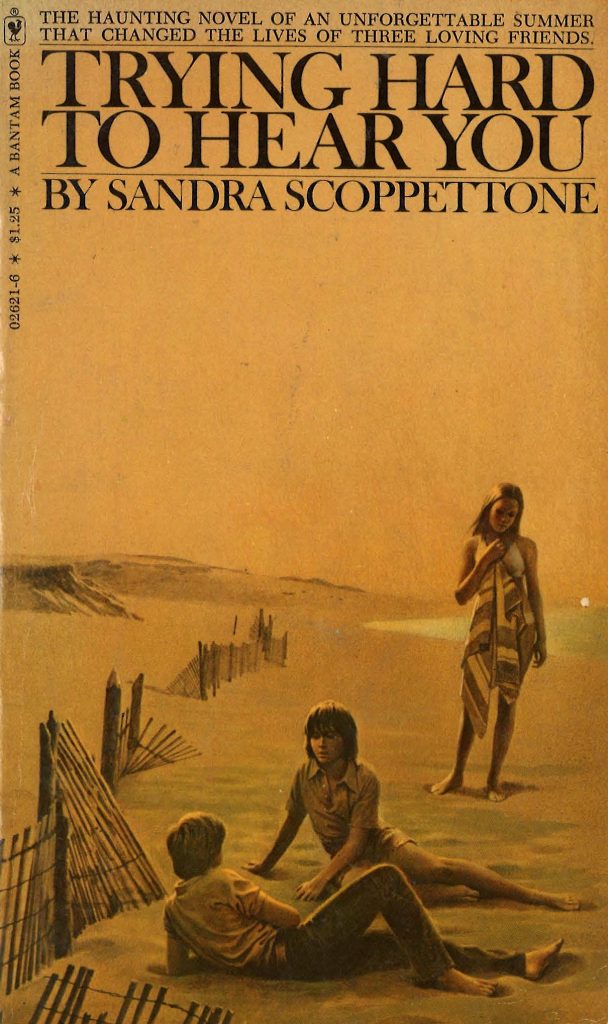

It was great to see a chapter on my beloved New English Library and their sexploitation works. How often were you encountering these books yourself in Australia and what impact did they have on you?
I share your love for the wonder that was 1970s NEL pulp. There was, quite literally no social trend, no then current event, that NEL could not turn into lurid pulp thrills, including feminism and the left student movement against the Vietnam War. NEL books, and their earlier variants, Four Square, were remaindered in large numbers in Australia. I still find them every now and again in opportunity shops and second-hand books stores, but less and less, I am afraid. The exception are NEL’s so-called ‘slaver’ or ‘plantation pulps’, which still turn up in large numbers. Presumably this is because their subject matter is so out of sync with contemporary sensibilities, that the owners just want to get rid of them.
What do you plan next? A third volume?
Yes. Originally, Sticking it to the Man contained quite a lot of material covering radical science fiction. But, as I mentioned earlier, the book was getting out of hand lengthwise, and we had to cut some material. Plus we realised that radical science was potentially a book in itself, which is what we proposed to our publisher, PM Press. They agreed and we are currently working on a third book in the series, on radical science fiction. It is tentatively titled, Dangerous Visions and New Worlds: Radical Science Fiction, 1950-1980. We have some great content for this and are playing around with presenting the material, especially all the amazing covers, in a slightly different way to Sticking it to the Man and Girl Gangs, Biker Boys and Real Cool Cats.
And finally, I know you as a crime writer and as the next issue of The Paperback Fanatic is a Gold Medal special, I wondered what your take on Gold Medal and its authors might be.
That’s exciting. As I am sure your issue will discuss, Gold Medal was an incredibly important series in the history of the mass paperback in the US. It helped popularise the spread of original pulp paperback fiction, as opposed to softcover paperback editions of works that had previously appeared in hard back, which is what a lot of paperback fiction had been until Gold Medal came on the scene. Plus, in addition to the covers, a lot of the stories were terrific and really stand the test of time. Anyone who disagrees should go and read the 1953 the amazingly good Gold Medal crime novel, Black Wings Has My Angel, by Elliot Chaze, and that is just one example.

